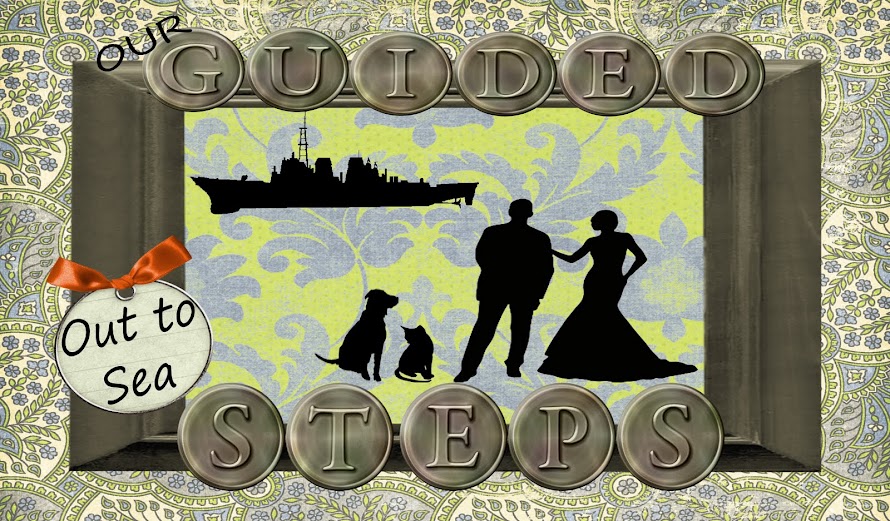Even though its Ramadan... we ventured into Istanbul's most famous (is that correct grammar?) mosque.
The Sultan Ahmed Mosque or Blue Mosque (for the blue tiles adorning the inside walls) has become one of the most popular tourist attractions in Istanbul.
The Sultan Ahmed Mosque is the national mosque of Turkey, and is a historical mosque in Istanbul, the largest city in Turkey and the capital of the Ottoman Empire (from 1453 to 1923).
The mosque was to be built on the site of the palace of the Byzantine emperors, facing the Hagia Sophia (at that time the most venerated mosque in Istanbul) and the hippodrome, a site of great symbolic significance.
One of the most notable features of the Blue Mosque is visible from far away: its six minarets. This is very unique, as most mosques have four, two or just one minaret. According to one account, the Sultan directed his architect to make gold (altin) minarets, which was misunderstood as six (alti) minarets.
Whatever the origins of the unique feature, the six minarets caused quite a scandal, as the Haram Mosque in Mecca (the holiest in the world) also had six minarets. In the end, the problem was solved by adding a seventh minaret to Mecca's mosque.

Until recently the muezzin or prayer-caller had to climb a narrow spiral staircase five times a day to announce the call to prayer. Today a public address system is used, and the call can be heard across the old part of the city, echoed by other mosques in the vicinity. Large crowds of both Turks and tourists gather at sunset in the park facing the mosque to hear the call to evening prayers, as the sun sets and the mosque is brilliantly illuminated by colored floodlights.
Before entering the mosque worshippers perform a cleansing ritual called Wudu. Wudu, the Partial Ablution:
Declare the intention that this act is for the purpose of worship and purity.
Wash the hands up to the wrist three times.
Rinse out the mouth with water three times.
Cleanse the nostrils of the nose by sniffing water into them three times.
Wash the whole face three times with both hands—from the top of the forehead to the bottom of the chin, from ear to ear.
Wash the right arm three times up to the top of the elbow, then wash the left arm.
Wipe the whole head from the forehead to the back of the neck one time with a wet hand.
With wet fingers, wipe the inner sides of the ears with the forefingers and their outer sides with the thumbs.
Wipe around the neck with wet hands.
Wipe the two feet up to the ankles, three times, beginning with the right foot. (If shoes and socks or stockings are on and and socks or stockings have been on since last performing the ablution, it is not four hours, the socks or stockings should be removed and the feet washed.)
It is not recommended to take photos of worshippers.... so I had Harry strategically stand so I could snap a shot just to the side of him.... so some of the pictures are not focused on exactly what I wanted, but we were doing it on the sly....

Tourists must enter through the north gate and remove their shoes at the entrance (plastic bags for shoes are provided). Modest dress is required for both men and women and women must cover their heads. Wraps are provided when deemed necessary by mosque officials.
This is the entrance for Muslim worshippers... not our entrance.

More than 200 stained glass windows with intricate designs admit natural light, today assisted by chandeliers. On the chandeliers, ostrich eggs are found that were meant to avoid cobwebs inside the mosque by repelling spiders.































1 comment:
I love that photography trick! I feel a little sorry for Harry, not too much because you did get some good pictures. Danelle
Post a Comment